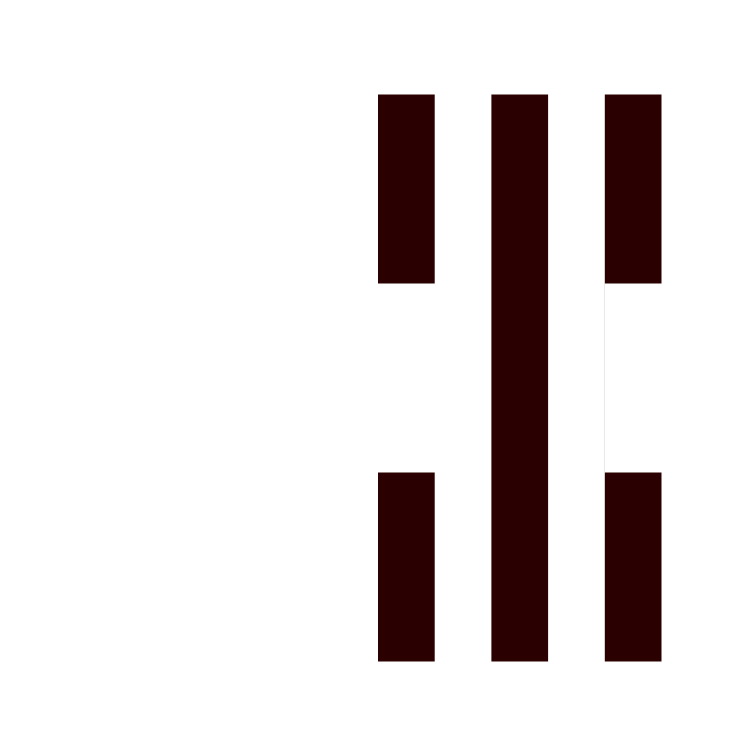


The solid and broken bars in the eight image tiles in the top navigation are called trigrams. The octagonal trigram pattern is a common symbol for the Chinese term Bagua. The pattern has eight (ba) areas (guas). "South" is always found at the top of the Bagua. Each trigram represents a particular natural phenomena: Sky ☰, Lake ☱, Fire ☲, Thunder ☳, Wind ☴, Water ☵, Mountain ☶, Earth ☷. If you click on a , it will take you to the corresponding taekwondo form page. Each form has a trigram which I describe scientifically and call scigrams. The animation in the middle of the tiles is supposed to represent a kicking woman. A tangram is a puzzle which originated in China. It is created out of seven flat polygons that can be put together to form shapes.
The movements are listed here so that you can see the Korean translation for some of the techniques by hovering over the green and pink highlighted text.
| Stance | Movements | Poom |
|---|---|---|
| Chunbi | ||
| walking stance, forward stance | Turn 90° to the left while executing left low block in walking stance, right front kick, right middle punch, left middle punch in forward stance. | 1, 2 |
| walking stance, forward stance | Turn 90° to the right while executing right low block in walking stance, left front kick, left middle punch, right middle punch in forward stance. | 3, 4 |
| walking stance | Turn 90° to the left while executing right knife strike. Step forward right side, left knife strike in walking stance. | 5, 6 |
| back stance, forward stance | Turn 90° to the left while executing left outside knife block. You pivot on your left foot and your right foot remains facing outwards as you move into the back stance. Your feet are at a 90° angle to each other. Move your right foot forward into forward stance (just twist the foot, don't step forward) and then right middle punch. | 7, 8 |
| back stance, forward stance | Turn 180° to the right, while executing right outside knife block and end in back stance. Move your left foot forward into forward stance (just twist the foot, don't step forward) and then left middle punch. | 9, 10 |
| walking stance | Turn 90° to the left while executing right inside block. Step forward right side while executing the left inside block in walking stance. | 11, 12 |
| walking stance, forward stance | Turn 270° to the left while executing left low block in walking stance. Right front kick, right middle punch, left middle punch in forward stance. (After turning 270°, this is the same as Poom 1 and 2.) | 13, 14 |
| walking stance, forward stance | Turn 180° to the right while executing right low block in walking stance, left front kick, left middle punch, right middle punch in forward stance.(This is the same as Poom 3 and 4.) | 15, 16 |
| walking stance | Turn 90° to the left while executing left low block in walking stance. Right middle punch. While stepping forward right side, execute the right low block. Left middle punch. | 17, 18 |
| walking stance | Left front kick, left low block, right middle punch. Right front kick, right low block, left middle punch. | 19, 20 |
| parallel stance | Return. Turn 180° to the left. | Kuman |
| Learn just enough Hangeul to complete a crossword puzzle! | |
GO TO HANGEUL CROSSWORD PUZZLE | |
| PDF documents with taekwondo vocabulary in English, Hangeul, and transliterated Hangeul to download. I had a native Korean proofread the original documents and he corrected the Hangeul in red pen. | ||
| TKD Vocabulary: Korean to English | Vocabulary for Forms | TKD Vocabulary: English to Korean |
Lesson 3
Taegeuk Sam Jang, New Techniques
| Punches, Strikes, Thrusts | 치기, 지르기 | chigi, chirugi |
| momtong tubon chirugi | 몸통 두번 지르기 | middle double strike |
| sonnal mok chigi | 손날 목 치기 | knife neck chop, knife strike |
| Block | 막기 | Makki |
| hansonnal momtong pakkat makki | 한 손날 몸통 바깥 막기 | single knife hand middle outside block (from outside to inside) |
| Stance | 서기, 굽이 | sogi, kubi |
| twit kubi | 뒷 굽이 | back stance, backward stance |
The Korean numbers are used for counting in most schools and the Sino-Korean numbers are used for referencing the taegeuk forms one through eight (i.e. taegeuk il through pal).
| Numbers | Korean | Sino-Korean | |||||
| Arabic or Modern | Romanization | Hangeul | Hanja | Romanization | Hangeul | ||
| 1 | ha na | 하 나 | 一 | il | 일 | ||
| 2 | dul | 둘 | 二 | ee | 이 | ||
| 3 | set | 셋 | 三 | sam | 삼 | ||
| 4 | net | 넷 | 四 | sah | 사 | ||
| 5 | da seot | 다 섯 | 五 | oh | 오 | ||
| 6 | yeo seot | 여 섯 | 六 | yuk | 육 | ||
| 7 | il gop | 일 곱 | 七 | chil | 칠 | ||
| 8 | yeo deolp | 여 덟 | 八 | pal | 팔 | ||
| 9 | ah hop | 아 홉 | 九 | gu | 구 | ||
| 10 | yeol | 열 | 十 | sip | 십 | ||
